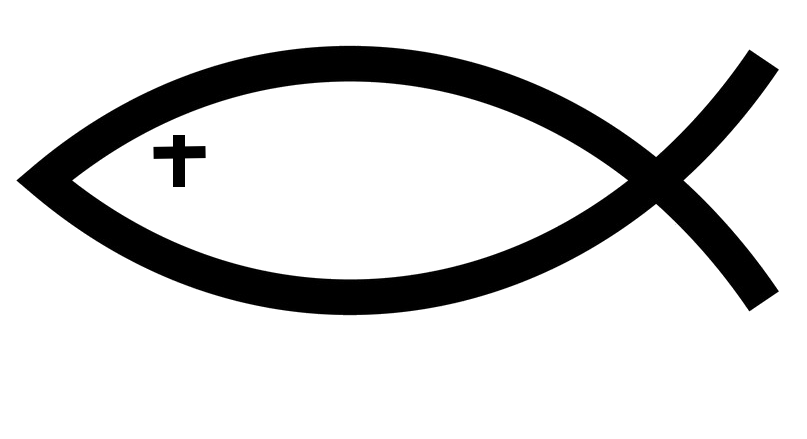Determining whether a visitor is a #bot or a human can involve several techniques and heuristics. Here are some general rules and indicators that can help differentiate between the two:
User-Agent String:
- Check the User-Agent: Bots often identify themselves in the User-Agent string. Legitimate bots (like search engine crawlers) usually have recognizable names (e.g., Googlebot, Bingbot). However, malicious bots may spoof User-Agents to appear as regular browsers.
- Look for Patterns: If a User-Agent string is missing or is not consistent with typical browser patterns, it may indicate a bot.
Request Rate:
- High Request Frequency: If a visitor makes requests at an unusually high frequency, it could indicate a bot. Humans typically have a more varied browsing speed.
- Rate Limiting: Implementing rate limiting can help identify and block excessive requests from the same IP address.
JavaScript Execution:
- JavaScript Challenges: Many bots do not execute JavaScript. Implementing a challenge that requires JavaScript to be run can help filter out simpler bots.
- Cookies: Some bots do not accept or manage cookies well. If a session cannot maintain cookies properly, it may suggest a bot.
Behavior Analysis:
- Mouse Movement and Interaction: Bots typically do not mimic human behaviors, such as moving the mouse or scrolling. Monitoring these interactions can help identify non-human traffic.
- Page Navigation Patterns: Unusual or overly fast navigation between pages (e.g., going from one page to another almost instantaneously) may indicate bot behavior.
IP Address Reputation:
- Known Bad IPs: Use IP reputation services to check if the incoming IP address is known for malicious behavior or is a data center IP often used by bots.
- Geographical Anomalies: Unexpected geographic locations for your traffic may indicate a bot (e.g., traffic from a country that typically doesn’t engage with your content).
Form Submissions:
- Automated Form Fill: Bots often fill out forms very quickly and consistently. If form submissions occur at high speed with similar content, they may be automated.
- CAPTCHA: Implementing CAPTCHAs can help ensure that form submissions are made by humans.
Time on Page:
- Low Engagement Time: Bots may spend very little time on a page before navigating away or may not interact with the content at all. Very short time on page with a high number of requests can indicate bot activity.
Cookies and Session Handling:
- Cookie Management: Legitimate users typically accept cookies. Bots that do not handle cookies correctly may be flagged as suspicious.
Challenge and Response Mechanisms:
- Dynamic Challenges: Using dynamic challenges like time-based tokens can help ensure that the requester is human. If a request fails the challenge, it may be a bot.
Machine Learning and Analytics:
- Anomaly Detection: Implement machine learning models that analyze traffic patterns and flag anomalies that deviate from normal user behavior.
By combining multiple indicators and heuristics, you can create a more reliable system for distinguishing between human visitors and bots. It's important to remember that no single rule is foolproof; a multi-faceted approach will yield the best results.

